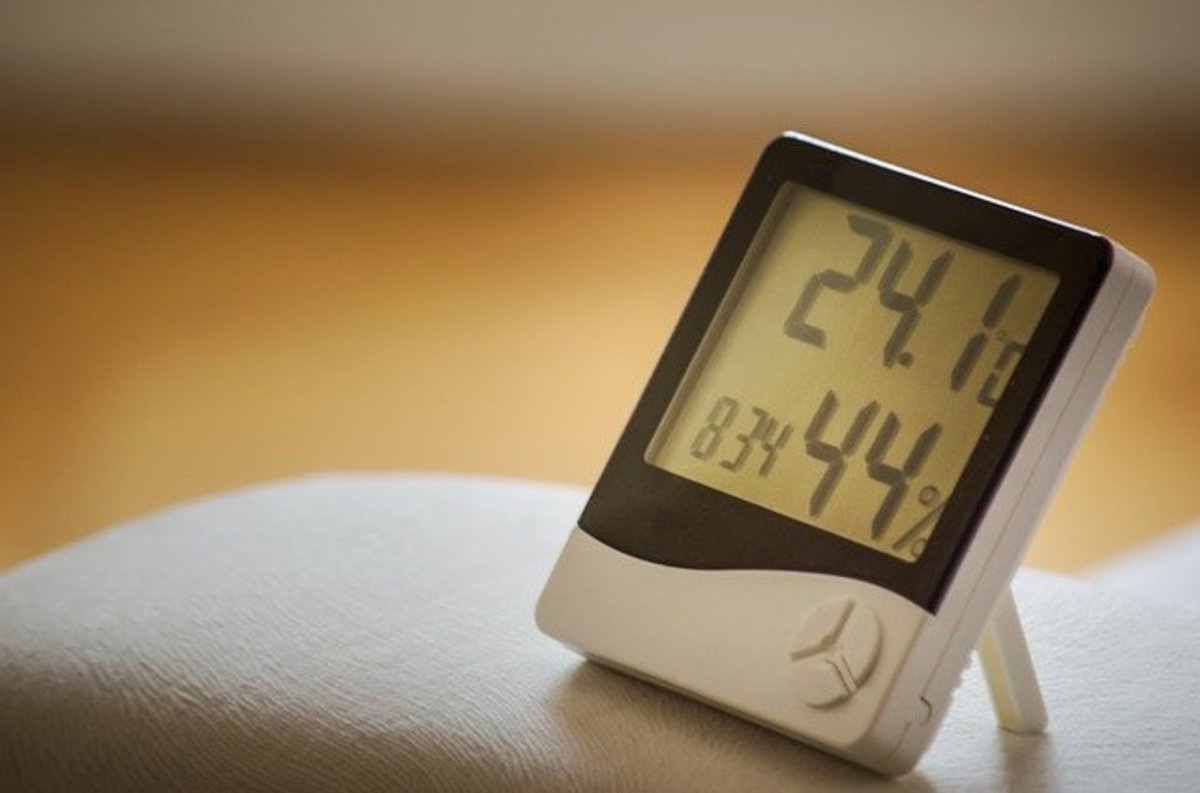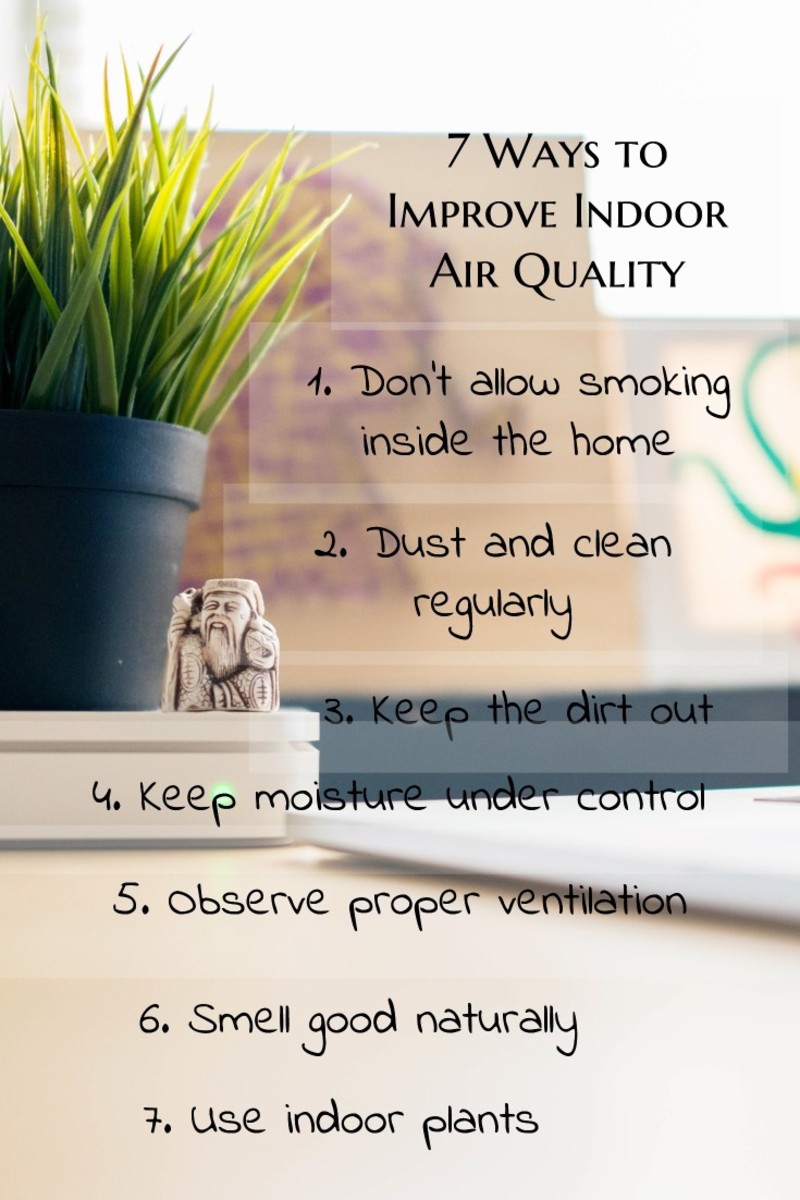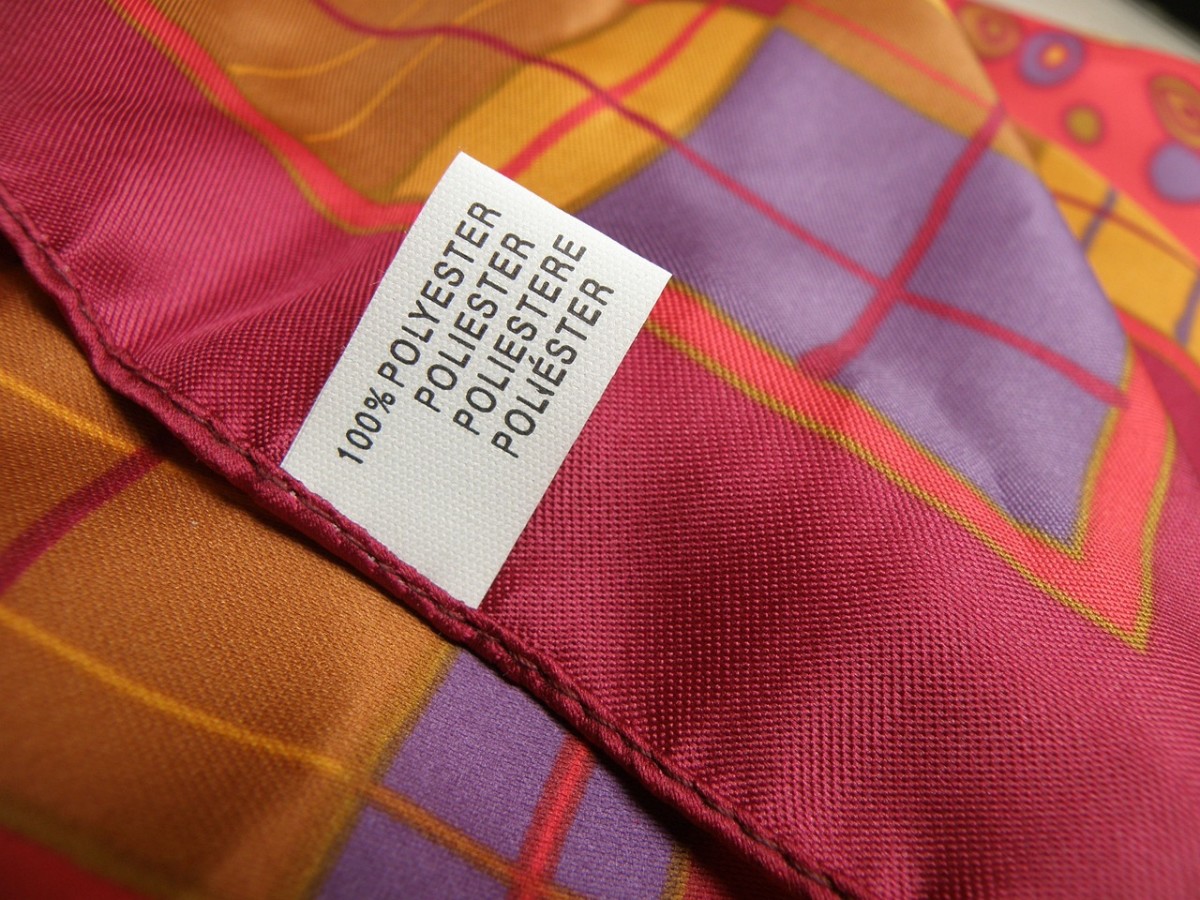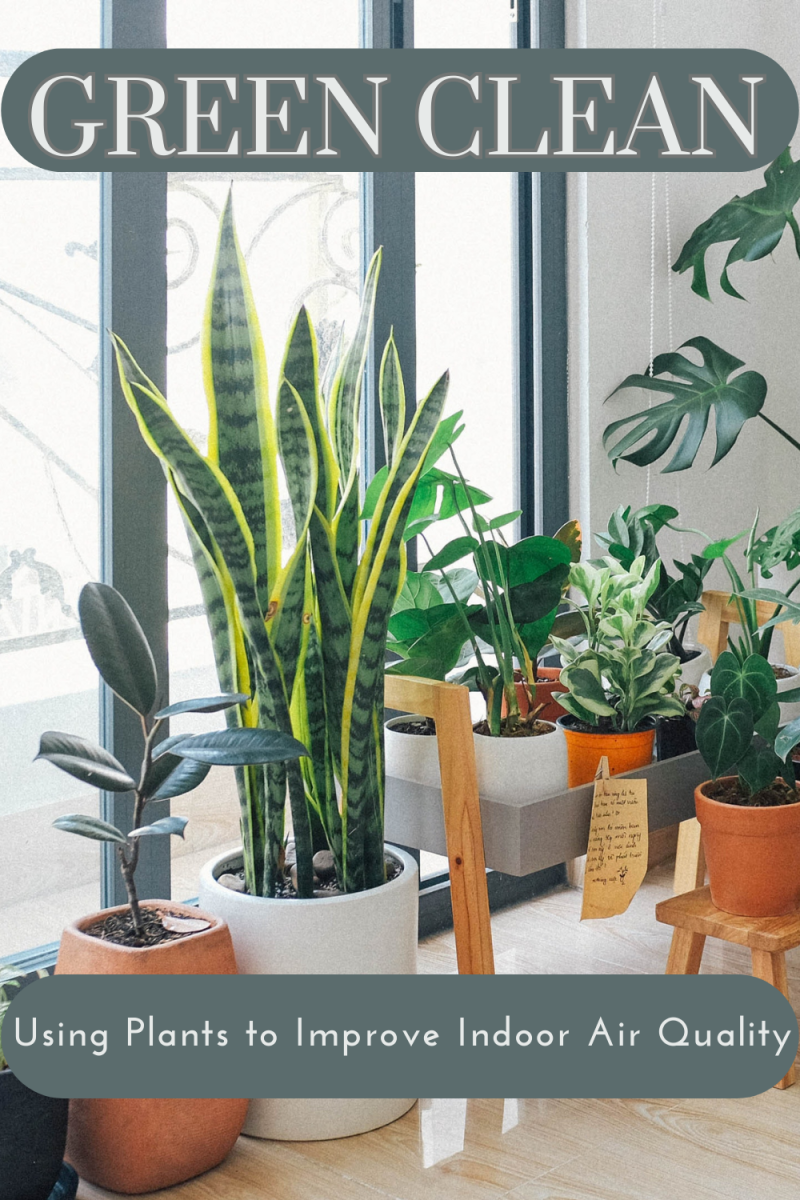Indoor Air Pollution in Offices: An Invisible Enemy

The hidden air pollution in offices and other indoor environments is no less dangerous for health. It refers to the physical, chemical, and biological characteristics of air in the indoor environment. Indoor air problems can be subtle and do not always produce easily recognized impacts on health. The indoor air pollution and outdoor air pollution are inextricably linked. Globally, people spend 90% of their time indoors.
An indoor air pollution problem exists:
When a limited amount of fresh air is circulated throughout the office work environment;
When air is circulated at too fast a rate within the workplace;
When toxic substances are present in the office environment or outside air circulated into the workplace is polluted.
Common indoor office pollutants -
The common indoor pollutants include excessive moisture, volatile organic compounds (VOCs), combustion products, radon, pesticides, dust particles, viruses, and bacteria.
Moisture -
Moisture is one of the most important and least recognized indoor pollutants, affecting both human health and the health of the building. Where moisture collects, so do mold, mildew, and dust mites, which can cause asthma or allergies. Moisture destroys wood products and accelerates the rusting of metal building components. High indoor humidity can also facilitate release of harmful chemical gases of toxins in furniture or cleaning products. Too little moisture, which is common when it is very cold outside, can also be unhealthy and uncomfortable.
Radon –
Radon is a radioactive gas that is generated naturally in the soil and enters the building from the ground. Its concentration in buildings varies regionally and even locally. It is a leading cause of lung cancer.
Radon gas can be present in water that comes into your home and office. There may be a concern when water supply is from underground sources.
Volatile organic compounds (VOC) –
They include a range of evaporated substances including formaldehyde, which can be emitted by building materials and furnishings (such as furniture and carpets). Use of pesticides also contributes to ambient pollution. VOCs include body odors, too. Many of these like formaldehyde threaten health sometimes at concentrations too low to be sensed.
According to a recent study of Purdue University, just breathing or wearing deodorants can influence the quality of air of the office space than we might think. A greater number of people in a room means more emissions of these compounds. These volatile compounds may adversely affect worker health and productivity.
Tobacco smoke –
It produces copious amounts of both harmful gases and particles. From both an indoor air quality and health perspective, few activities can compare to smoking in detrimental effects.
Particle pollution –
The indoor air always contains particle pollution. Some particles such as dust, dirt, soot, or smoke are large enough to be seen with the naked eye. Others are so small they can only be detected using an electron microscope. The particles, which are 10 micrometers (µm) in diameter or smaller, are more harmful. The high outdoor particle pollution levels can elevate indoor particle pollution concentrations.
Biological pollutants –
They include bacteria, viruses, animal dander, house dust, mites, cockroaches and pollen. Biological pollutants are in plenty in damp or wet areas such as cooling coils, humidifiers, condensate pans or unvented bathrooms. The draperies, carpets and other areas where dust collects may accumulate biological contaminants.
The researchers suggest that air pollution may have an effect on human health by altering bacteria. It shows that black carbon, a major component of air pollution, dramatically changes how bacteria grow and form bio-films, which can enhance their survival and increase their resistance to antibiotics.
Impact on health –
The office workers experience many ill-effects caused by indoor air pollution, which include the following:
- Physical symptoms such as headaches, sinus discomfort, upper respiratory congestion, and eye irritation are common in indoor pollution.
- Health symptoms such as colds, drowsiness, irritation, and irregular breathing may be brought on as the result of temperature extremes, improper humidity levels, and too little or too much air circulation.
- Indoor air pollution may cause serious infections like Legionnaires’ disease, a type of pneumonia. The bacteria of the Legionella type thrive in evaporative condensers of large air conditioning systems such as those commonly found in hotels and large office buildings.
- Poor indoor air quality may produce psychological symptoms associated with stress, which include frustration, anxiety, irritability, anger, depression, stomach or gastro-intestinal disturbances
Since people spend lot of time in their workplace, they are likely to be predisposed to some of the following medical conditions if their workplace has ambient air pollution.
- Acute lower respiratory infections
- Chronic obstructive pulmonary disease (COPD)
- Lung cancer
- Cardiovascular Disease
- Cataracts - Epidemiological studies provide strong evidence that indoor air pollution exposure is associated with cataract formation and may be responsible for up to one quarter of the total disease burden from cataract.
Sick building syndrome (SBS) -
It is a medical condition where a number of people feel unwell for no apparent reason in a building. The complaints tend to increase in severity with the time people spend in the building and improve over time or even disappear when people are away from the building.
The complaints may be localized in a particular room or zone, or may be widespread throughout the building. On the contrary, the term "building related illness" (BRI) is used when symptoms of diagnosable illness are identified and can be attributed directly to airborne building contaminants.
Improving the indoor air quality -
The shocking fact is that the air inside your home and office is generally two to five times more polluted than the air outside. Since people normally spend a third of their day in the office, it is worth considering the air quality.
Ventilation is one of the keys to improving the air we breathe indoors. Ventilation includes both the exchange of air to the outside as well as circulation of air within the building.
HVAC (heating, ventilation, and air conditioning) is the technology by which indoor environmental comfort is produced. HVAC systems can be used in both domestic and commercial environments. HVAC systems can provide ventilation and maintain pressure relationships between spaces.
Some other things that can be done to improve indoor air quality of the workplaces are:
- Keep the HVAC system, equipment and ductwork clean.
- Create proper venting around combustible appliances.
- Store chemicals, solvents, cleaners, gasoline or pesticides away from people.
- Limit the use of combustibles, including cigarettes and candles.
- Open windows when using cleaners, solvents and chemicals.
- Keep running the bathroom exhaust fan.
Things that can be done by office employees –
- Comply with the office and building smoking policy
- Clean up all water spills promptly, water and maintain office plants properly and report water leaks right away.
- Dispose of garbage promptly and properly.
- Store food properly.
- Inform the building or facility manager immediately if you suspect an ambient air quality problem.
The last word –
Poor or inadequate indoor air quality can cause a number of medical issues. Because we spend so much time indoors, we are at risk of developing symptoms related to the quality of indoor air. People often think more about outdoor air pollution but it is important to think about the quality of our indoor air in our offices as well.
Reference -
Purdue University. "How much are you polluting your office air just by existing? Experiments in a building equipped with thousands of sensors could have answers." ScienceDaily. ScienceDaily, 3 October 2019. <www.sciencedaily.com/releases/2019/10/191003162541.htm>.








